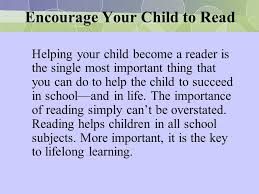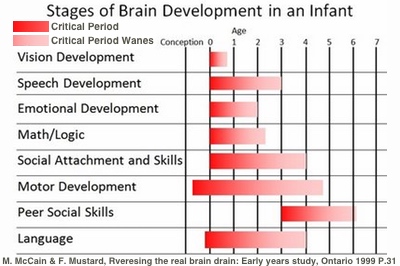You were born preprogrammed to bond with one very significant person—your primary caregiver, probably your mother. Like all infants, you were a bundle of emotions—intensely experiencing fear, anger, sadness, and joy. The emotional attachment that grew between you and your caregiver was the first interactive relationship of your life, and it depended upon nonverbal communication. The bonding you experienced determined how you would relate to other people throughout your life, because it established the foundation for all verbal and nonverbal communication in your future relationships.
Individuals who experience confusing, frightening, or broken emotional communications during their infancy often grow into adults who have difficulty understanding their own emotions and the feelings of others. This limits their ability to build or maintain successful relationships. Attachment—the relationship between infants and their primary caregivers—is responsible for:
- shaping the success or failure of future intimate relationships
- the ability to maintain emotional balance
- the ability to enjoy being ourselves and to find satisfaction in being with others
- the ability to rebound from disappointment, discouragement, and misfortuneWhether it turns out good or bad, the infant brain is profoundly influenced by the attachment bond—a baby’s first love relationship. When the primary caretaker can manage personal stress, calm the infant, communicate through emotion, share joy, and forgive easily, the young child’s nervous system becomes “securely attached.” The strong foundation of a secure attachment bond enables the child to be self-confident, trusting, hopeful, and comfortable in the face of conflict. As an adult, he or she will be flexible, creative, hopeful, and optimistic.
- Our secure attachment bond shapes our abilities to:
- Scientific study of the brain—and the role attachment plays in shaping it—has given us a new basis for understanding why vast numbers of people have great difficulty communicating with the most important individuals in their work and love lives. Once, we could only use guesswork to try and determine why important relationships never evolved, developed chronic problems, or fell apart. Now, thanks to new insights into brain development, we can understand what it takes to help build and nurture productive and meaningful relationships at home and at work.
- feel safe
- develop meaningful connections with others
- explore our world
- deal with stress
- balance emotions
- experience comfort and security
- make sense of our lives
- create positive memories and expectations of relationships
- The powerful, life-altering lessons we learn from our attachment bond—our first love relationship—continue to teach us as adults. The gut-level knowledge we gained then guides us in improving our adult relationships and making them secure.Relationships in which the parties are tuned in to each other’s emotions are called attuned relationships, and attuned relationships teach us that:
- Lesson No. 1—adult relationships depend for their success on nonverbal forms of communication nonverbal. Newborn infants cannot talk, reason or plan, yet they are equipped to make sure their needs are met. Infants don’t know what they need, they feel what they need, and communicate accordingly. When an infant communicates with a caretaker who understands and meets their physical and emotional needs, something wonderful occurs.
- Attachment bonds are as unique as we are. Primary caretakers don’t have to be perfect. They do not have to always be in tune with their infants’ emotions, but it helps if they are emotionally available for the majority of the time.
- nonverbal cues deeply impact our love relationships
- play helps us smooth over the rough spots in love relationships
- conflicts can build trust if we approach them without fear or a need to punish
- When we can recognize knee-jerk memories, expectations, attitudes, assumptions and behaviors as problems resulting from insecure attachment bonds, we can end their influence on our adult relationships. That recognition allows us to reconstruct the healthy nonverbal communication skills that produce an attuned attachment and successful relationships.

